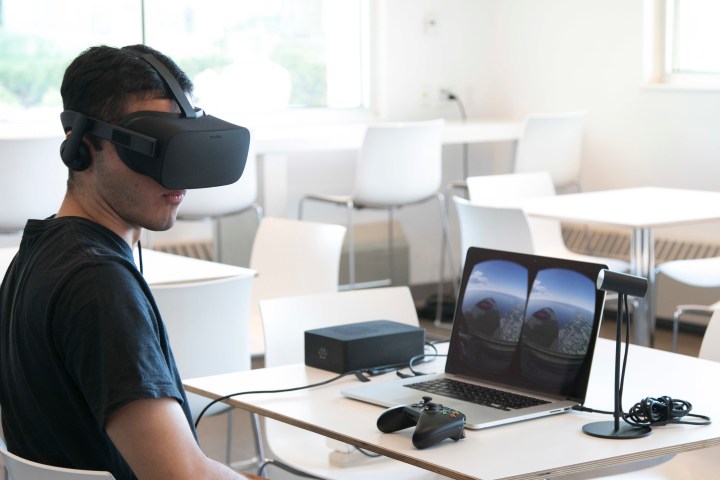
Currently, when designers create a visual in CGI, they use nanoseconds to time the visual. The problem? When you divide the most common frame or refresh rates into nanoseconds, the numbers can be infinitely repeating decimals or numbers that require several digits past the decimal. A Flick, which is a shortened name for a frame-tick, is designed so everything can be synced in whole numbers, no decimals required. Even when adjusting a graphic’s refresh rate from the standard options between 24hz and 120hz, measuring time in Flicks means using whole numbers.
Using Flicks could, in theory, simplify production of multiple types of moving content, including video, audio, moving graphics, and even video games. A Flick is 1/705,600,000 of a single second. Used for 24hz, 25hz, 30hz, 48hz, 50hz, 60hz, 90hz, 100hz and 120hz, Flicks allow developers to work with whole numbers when working with the frame duration and refresh rates. As the GitHub page states, a Flick allows developers to complete “timing work against the system high-resolution clock, which is in nanoseconds, but doesn’t get slightly out of sync when doing common frame rates.”
The development of the Flick also supports several of the most common audio sample rates, allowing developers to sync visuals and audio without using a rounded decimal number that could eventually leave the audio slightly off.
“When working with creative visual effects for film, television, and other media, it is common to run simulations or other time integrating processes which subdivide a single frame of time into a fixed integer number of subdivisions,” the post reads. “It is handy to be able to accumulate these subdivisions to create exact 1-frame and 1-second intervals, for a variety of reasons.”
Facebook says the idea behind the Flick came from a technical question from Christopher Horvath, a former Oculus architect, that first suggested the standardized time unit last year. The project has since been refined with contributions from a number of people as it made its way through Facebook’s Open Source process. The code and license are available from GitHub.




